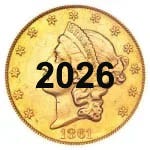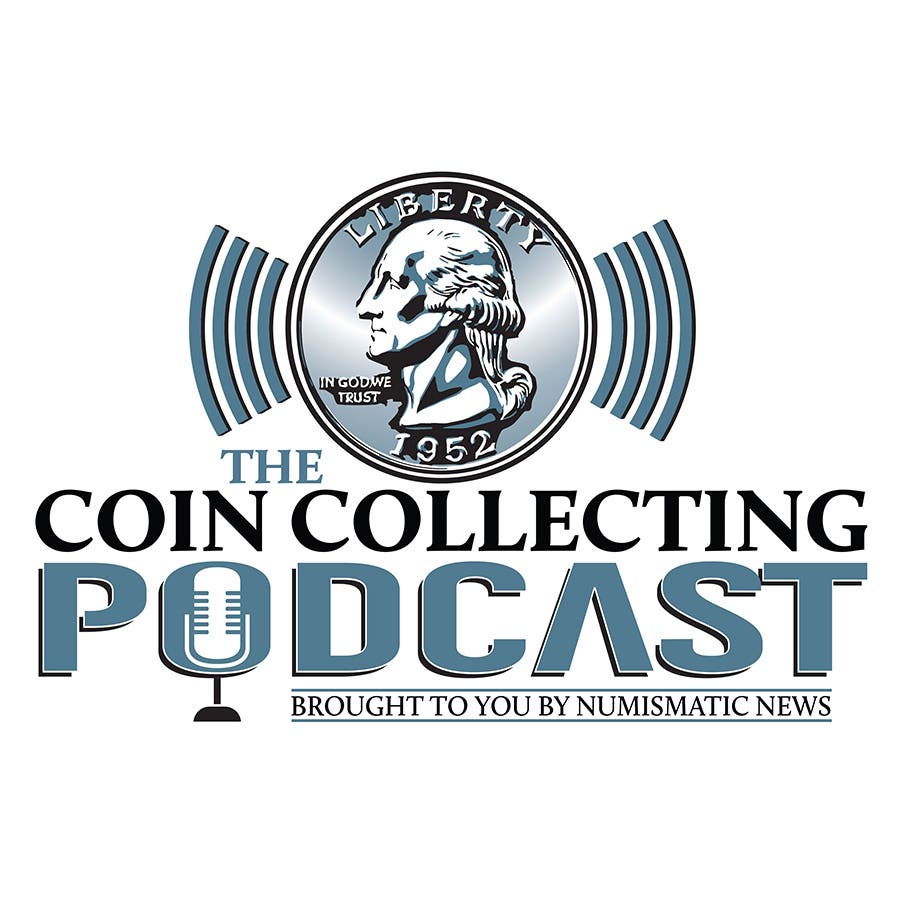Does coin production tell us to buy stocks?
With the stock market acting wobbly in October and November, coin collectors can offer a small bit of reassurance to nervous investors. The latest U.S. Mint monthly production numbers show…
With the stock market acting wobbly in October and November, coin collectors can offer a small bit of reassurance to nervous investors.
The latest U.S. Mint monthly production numbers show that in the first 10 months of the year, 11,533,534,000 circulation strikes were made.
This works out to a production rate of 13,839,600,000 coins for calendar year 2018.
That production rate is unchanged since August, which was a month before the September stock market highs were recorded.
But notice that I say only small reassurance.
This is because this production rate can change rapidly if the Federal Reserve begins to see coin supplies backing up in the system.
The 13.8 billion figure itself is a decline from last year.
It is over 1 billion coins fewer than what was struck in 2017.
That’s a decline of 8.2 percent.
Should the trend hold, this will be the third year in a row that circulating coin output has declined.
Peak output after the 2008 banking crisis occurred in 2015, when 17,046,700,000 coins were struck for circulation.
This was the recovery high point after reaching a half-century low in 2009 when coin production was just 3.5 billion pieces.
The 2016 output of 16,017,410,000 coins was down 6 percent from 2015.
The 2017 production of 14,859,360,000 coins was a 7 percent fall from 2016.
Add in the projected 8.2 percent decline for 2018 and the Mint is producing 3.2 billion fewer circulating coins compared to 2015.
Overall, this is a 19 percent drop.
Should we be worried?
Normally, coin output rises with economic growth.
However, the rapid movement in recent years to electronic forms of payment might eventually sever the connection between economic growth and coin output.
I am sure economists will be able to tell us 10 years from now why this is happening in 2018, but today we can only guess.
I choose to assume that there is still some connection between economic growth and coin production; it is just less strong than it once was.
As an anecdotal observation, I received two 2018-D Lincoln cents at the grocery store in Iola, Wis., last night.
These are the first of the current year’s cents that I have seen in Iola.
It is positive.
Normally, we are stuck with older coins as Iola tends to send coins back to the banking system rather than taking in new supplies.
We’ve had a particularly high representation of the 2016-D production run in Iola this year.
To get the 2018-D before the calendar turns to 2019 shows that in Iola, at least, there are still signs of a growing economy in its circulating coin supply.
So call me an optimist that the present stock market weakness won’t turn into a bear market.
Buzz blogger Dave Harper won the Numismatic Literary Guild Award for Best Blog for the third time in 2017. He is editor of the weekly newspaper "Numismatic News."
- Like this blog? Read more by subscribing to Numismatic News.









